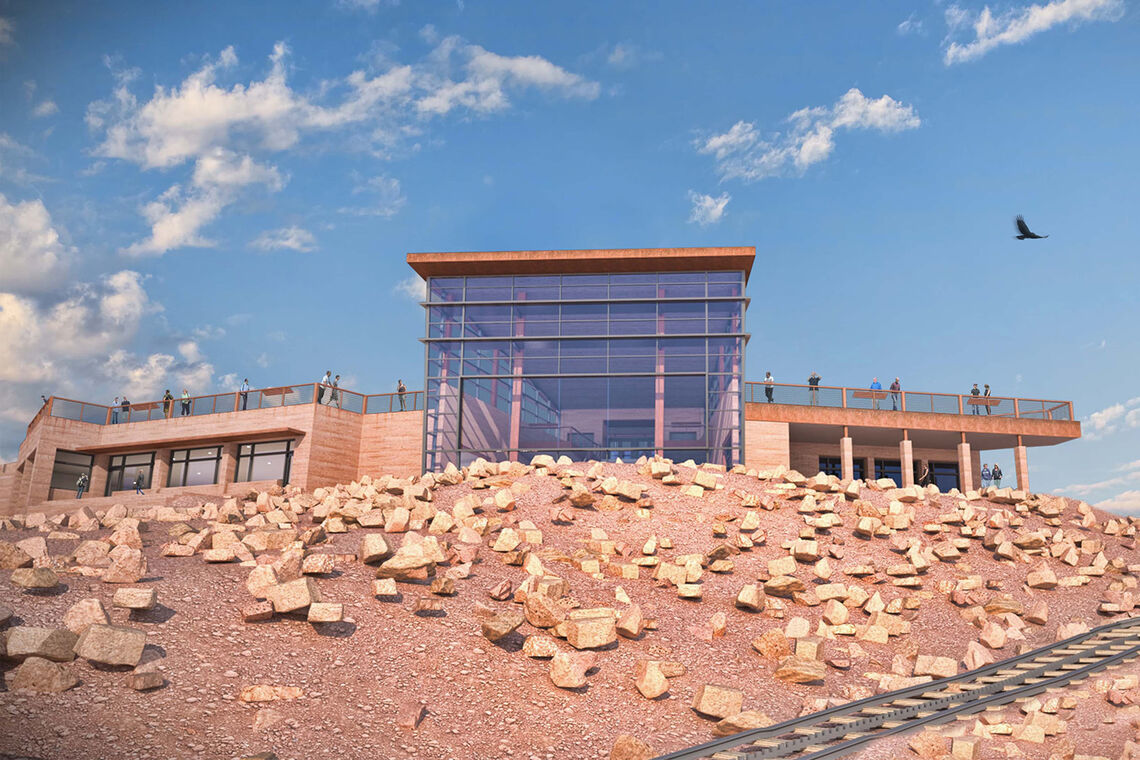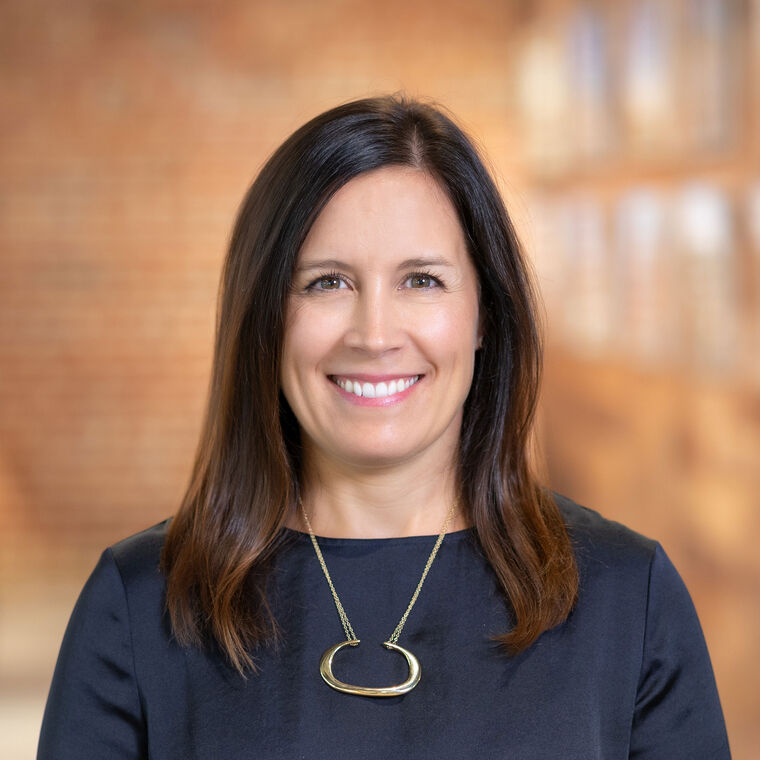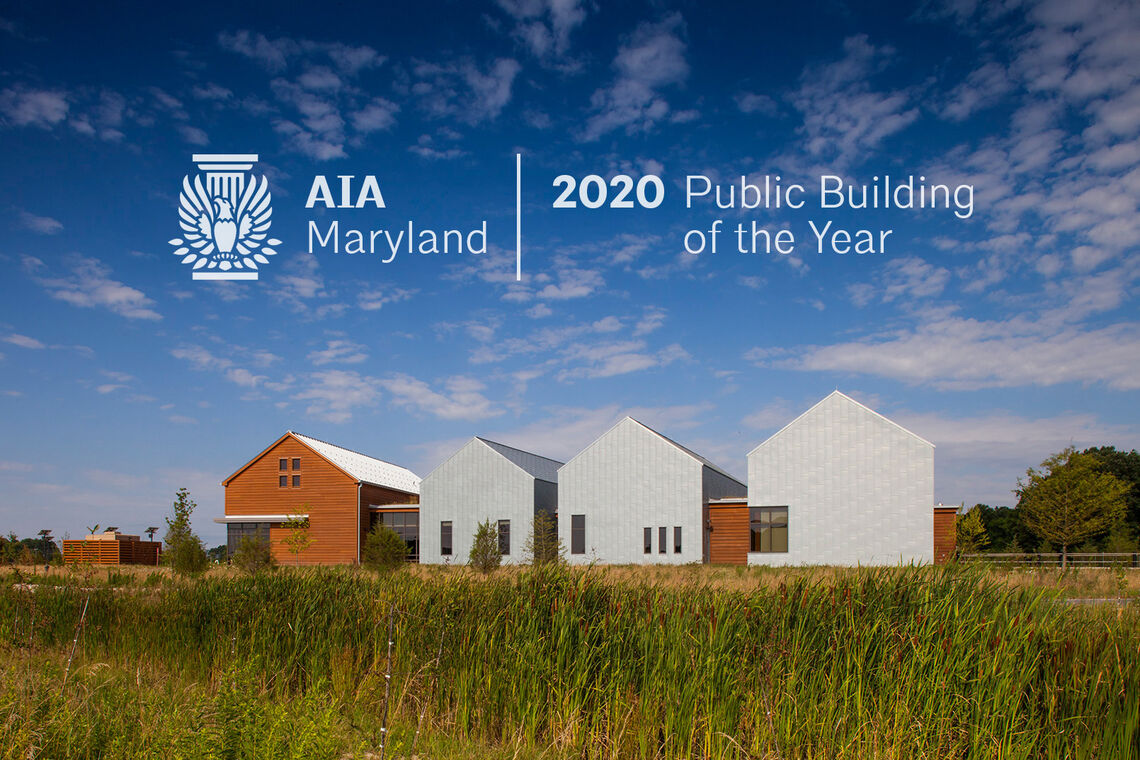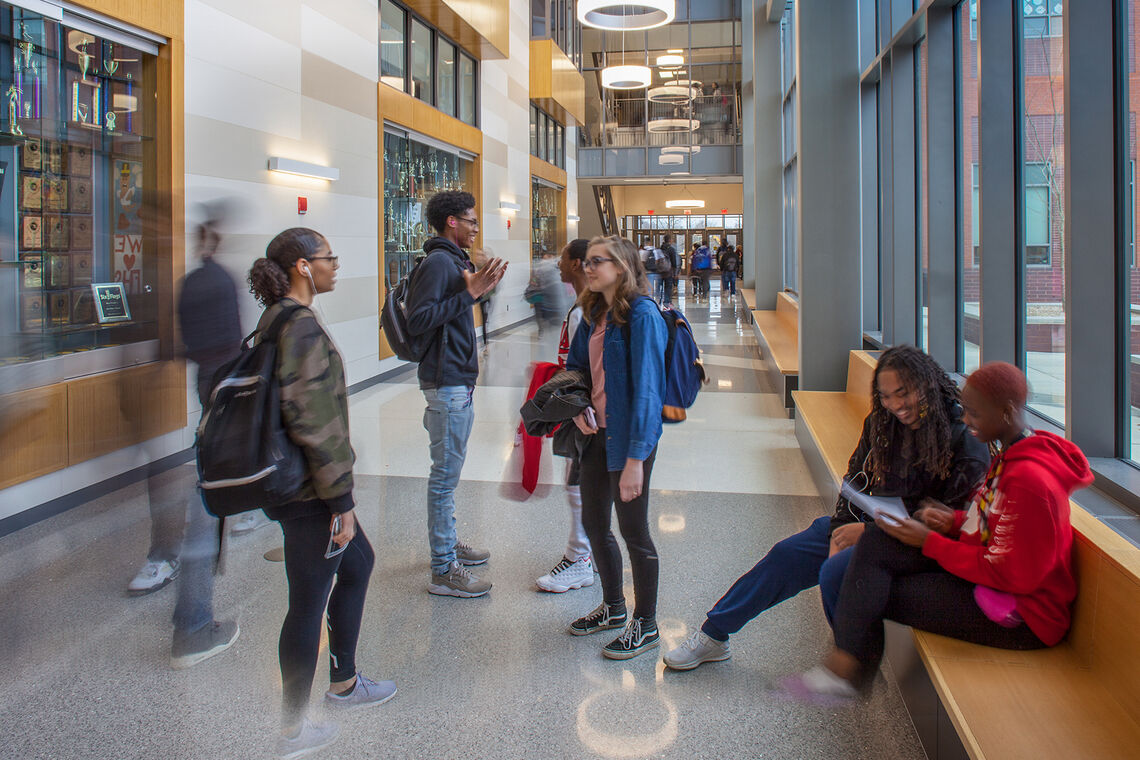Many of GWWO’s most successful projects are the manifestations of our abilities to truly understand the specific and unique characteristics of the place and people—including cultural, historic, social, and environmental priorities—and then translate and embody those characteristics and priorities into the resulting architectural design.
We often leverage a project’s design process to create bridges and strengthen human relationships while honoring pragmatic requirements and client constraints, and we believe that projects benefit from the voices of many. Community engagement activities during a project’s conception and development afford the design team invaluable opportunities to LISTEN. We work to uncover new knowledge, make sure individual concerns are heard, and build both consensus and mutual understanding. These vital insights and fostered relationships are the building blocks of new spaces and buildings which are essential to—and grounded in—the community.
Just as each project is unique, so too must be the community engagement process. We work hand in hand with the owner and stakeholders to strategize, develop, integrate, facilitate, and document the process. Successful engagement is conceived with both the goals of the client and the specific personalities of users in mind. Activities and conversations vary based on size and composition of participant group, amount of time available, identified goals, and stage in the overall project’s development. We have found it advantageous to offer people different ways to engage to meet their comforts. Often, we gather for in-person workshops and information-sharing, although sometimes our interactions become more dependent on virtual platforms via teleconference meetings, interactive websites, and online surveys which can allow for the involvement of a greater number of stakeholders in a meaningful way.
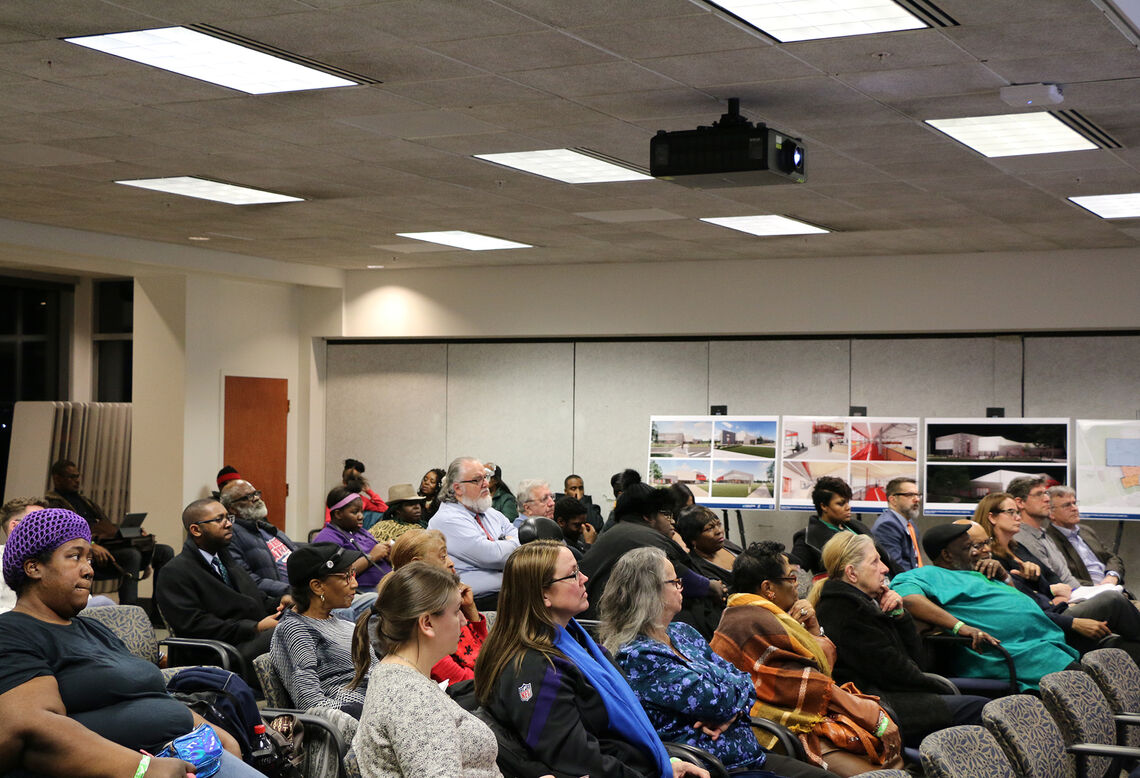
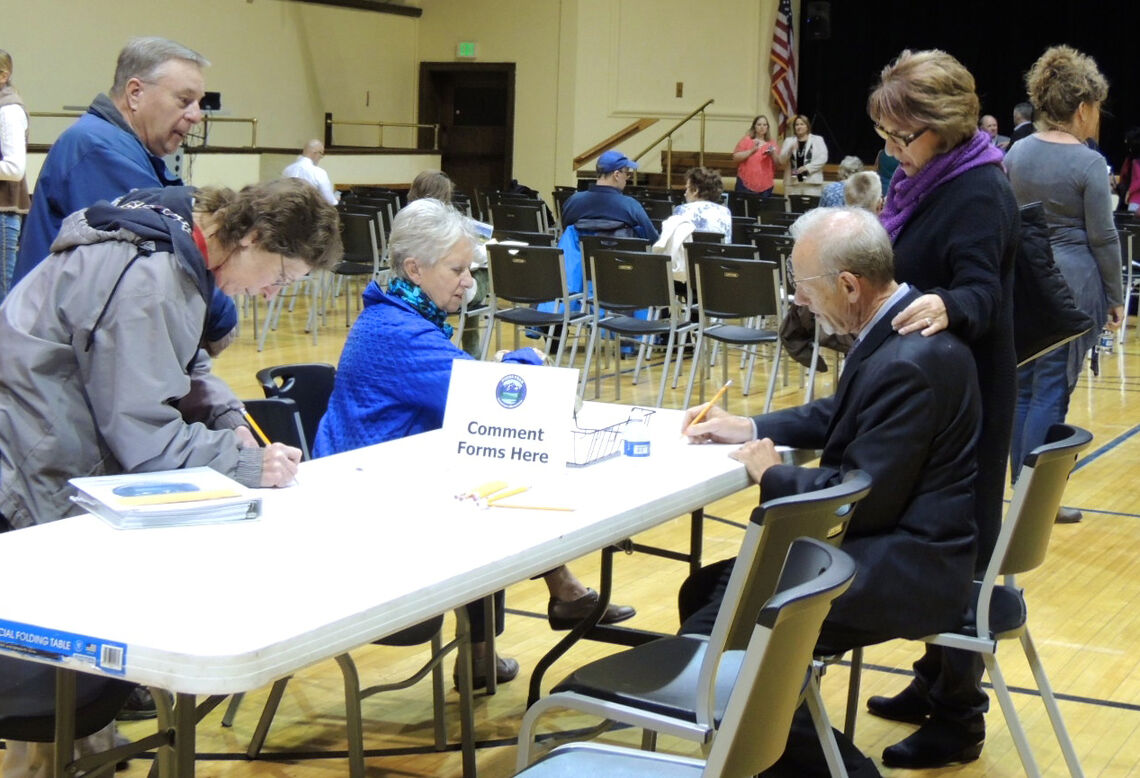
GWWO can assist in identifying the ideal path forward within the range of options, from in-person community presentations meant to convey information only, to engagement processes designed to collect primary data and help identify the driving forces early in a project’s design, to highly formalized engagement which crosses several forms of online media and offers the public a voice in final decisions. If you are considering ways to involve users, stakeholders, and the larger community in an upcoming project—be it early visioning work, master planning, or a project you anticipate moving quickly into construction—we offer the following two case studies to highlight the range of opportunities that exist.
At Pikes Peak Summit Visitor Center, intensive and well-coordinated engagement opportunities were critical for the large stakeholder group which included Pikes Peak-America’s Mountain, City of Colorado Springs, United States Forest Service, Colorado Springs Utilities, US Army Research Institute of Environmental Medicine, and Broadmoor Pikes Peak Cog Railway. A digital media consultant, together with the design team and stakeholder representatives, developed a comprehensive project website to serve as the information hub throughout the life of the project, providing frequent updates to those located throughout the state, country, and world.
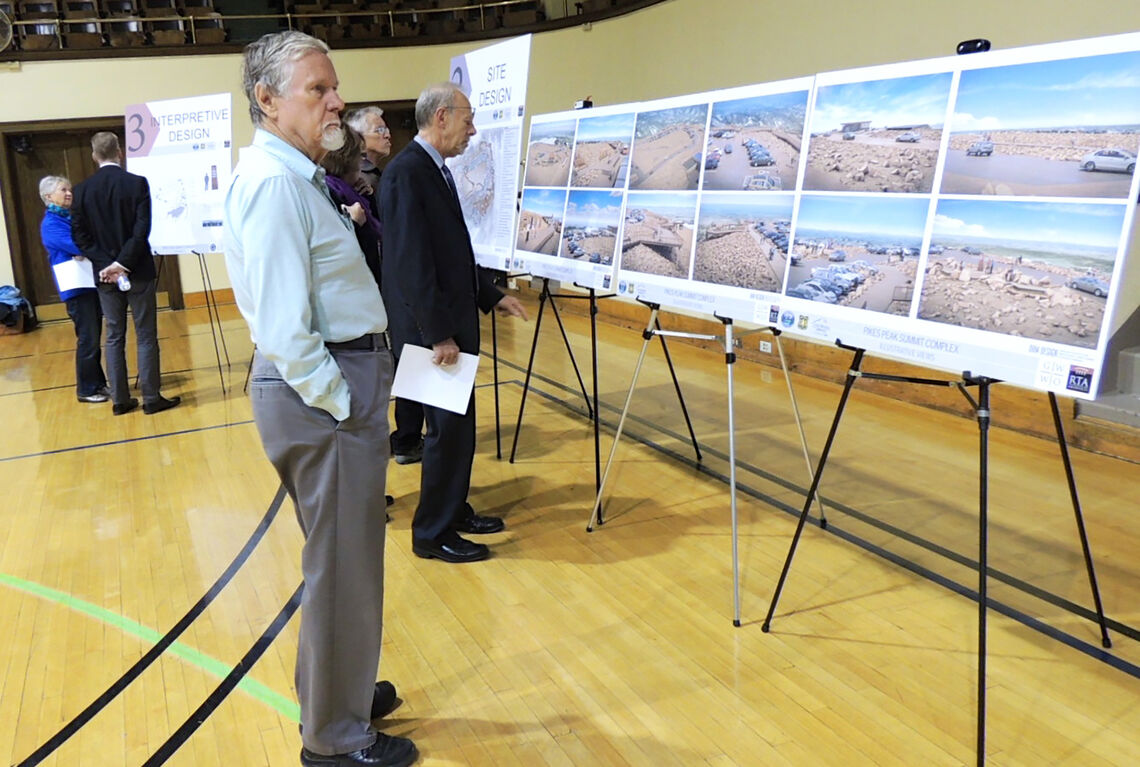
When GWWO developed several early design concepts, they were presented at community meetings, posted online, and communicated in print for public comment. The public-at-large was invited to complete an online survey, resulting in extensive comments, suggestions, and ultimately the selection of a concept to move forward. This multi-media format with online comment became typical, such that the public remained informed and was afforded a voice at every milestone. Public commentary, both positive and negative, was reviewed and discussed by the design team and stakeholders, incorporated into the design, and shaped the ultimate look and feel of the Visitor Center and surrounding site features.
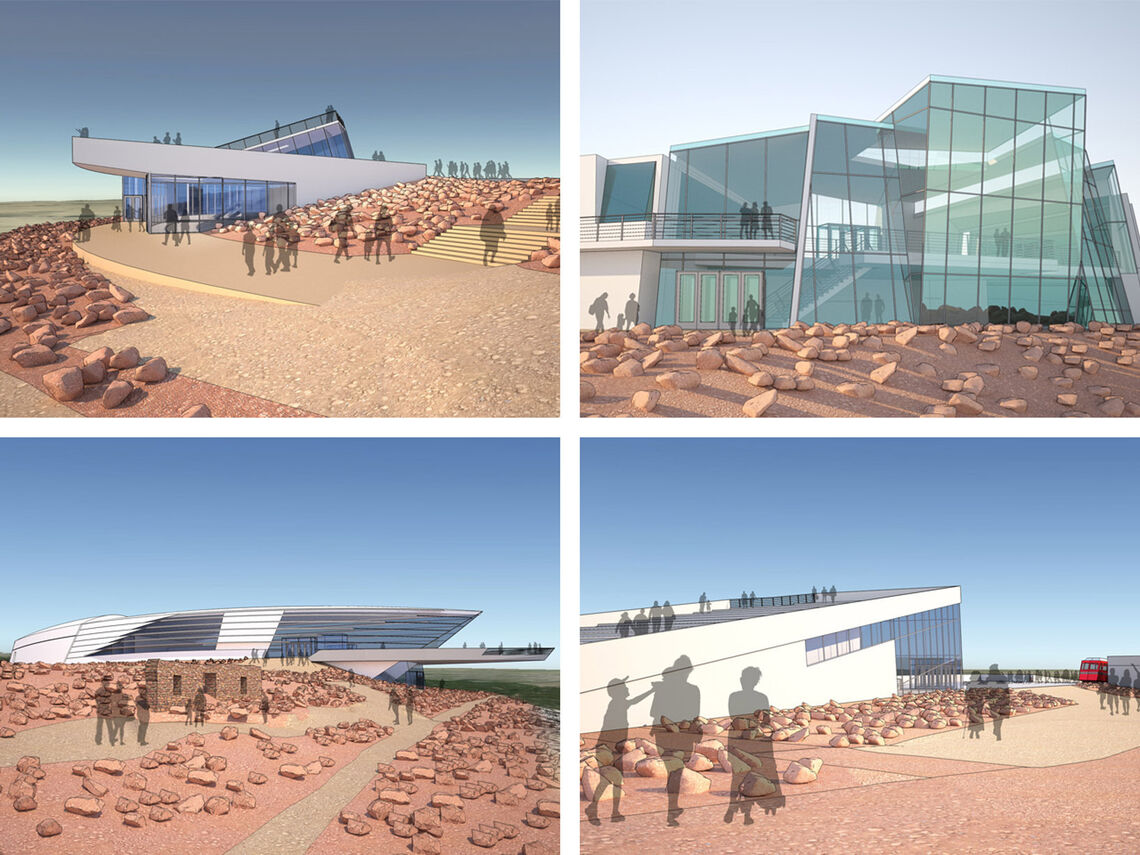
While Pikes Peak Summit Visitor Center involved a lengthy and multi-layered process, some clients and projects are better suited for shorter and perhaps more controlled processes. For O’Connor Recreation Center at Johns Hopkins University, GWWO and partner firm MJMA facilitated targeted student engagement at the beginning of the design process using a two-pronged approach of anonymous individual feedback and in-person collaboration. First, programmatic display boards accompanied by markers and post-it notes were placed in two separate and high-traffic locations on campus, inviting students to engage anonymously by leaving comments for the design team. Following this comment period, an in-person student engagement meeting allowed for in-depth collaboration between the design team and student representatives on the vision for the recreation center. This pointed approach was fitting for the project, which consisted of both renovated and new addition spaces; it both engaged the end users to validate the building programming resulting in improved functionality of the constructed spaces, and developed a sense of buy-in with the student body.
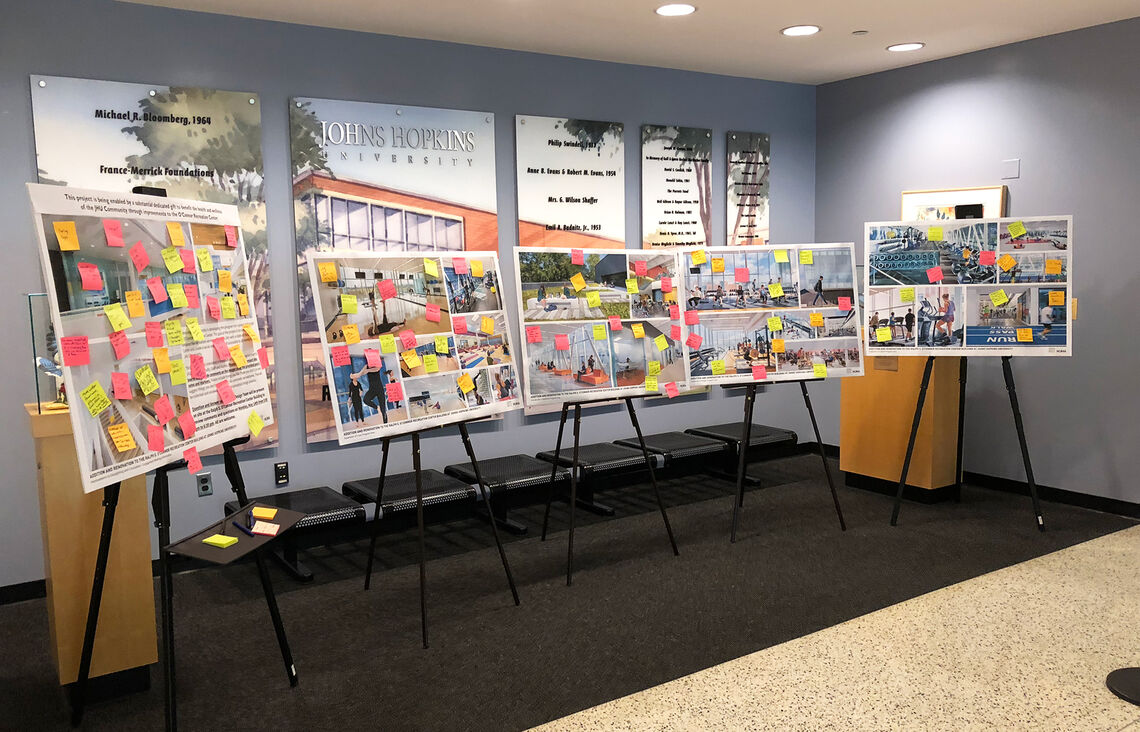
Whether your project involves a stakeholder group made up of many distinct entities like Pikes Peak Summit Visitor Center or a single, yet diverse, group of end-users like O’Connor Recreation Center, GWWO can work with you to identify, develop, and implement a strategic process to achieve your particular community engagement goals.
This post is the first in a series on Community Engagement. You can read the second post which delves into the benefits of early engagement with users and stakeholders here, and the third post which looks at the actualization of community input in completed projects here.
